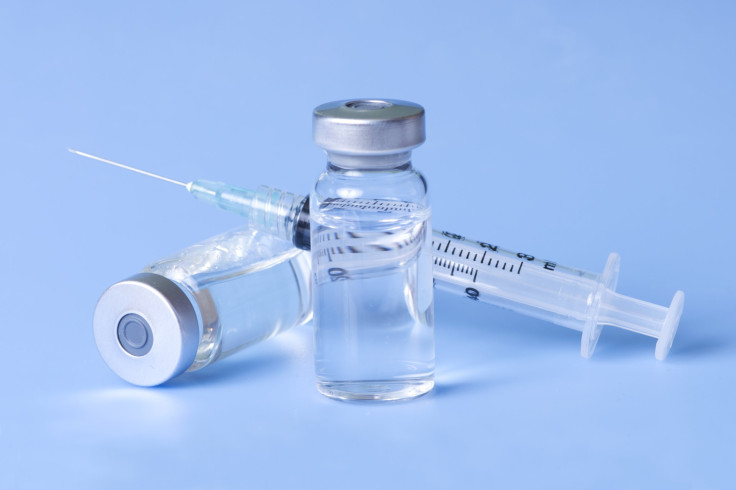Should Smallpox’s Last Two Samples Be Destroyed Or Preserved To Best Safeguard Humanity?

Although the world hasn’t seen a case of smallpox in over 30 years, it isn’t quite gone yet. Two vials of the deadly virus remain: one in the United States and the other over 5,000 miles away in Russia. Experts around the world agree that these vials need to be destroyed at some point, but some believe that, for now, humanity is safer with the vials intact. Others insist their destruction is well overdue. The fate of the vials will be decided at an upcoming World Health Assembly meeting later this month.
Smallpox was arguably one of the most deadly diseases to ever exist. It is estimated to have killed up to 500 million people in the 20th century. Throughout time, it has probably killed more people than all other infectious diseases combined. By 1980, smallpox was eradicated, and today it remains the only disease to have been eliminated by the World Health Organization (WHO).
Close But Not There Yet
An opinion piece on the fate of the last two remaining strains of smallpox was released on PLoS Pathogens Thursday. In it, experts explain how research with the live smallpox virus is “not yet finished.” If the virus were to reappear, some researchers believe humanity is not prepared to fight it off. Although there is a vaccine against smallpox, it is in limited supply. This vaccine is also known to have a high rate of adverse and sometimes severe side effects. It can infect the brain and cause permanent damage. The International Business Times reports that the WHO's original goals for a newer and safer vaccine, fully licensed antiviral drugs, and better diagnostics are still underway. The researchers believe that further screening and using new approaches such as genomics or proteomics can help enhance man’s preparedness against a possible smallpox resurgence.
What have we done so far?
So far, there have been two new antivirals that seem promising in treating smallpox. Neither has been licensed for use yet, and researchers feel they need live samples of the virus to continue their research. “Variola is unusual in that it is known to be a sole human pathogen, the viral and host factors responsible for this human-specific tropism remain essentially unknown to this day,” the researcher explained, IBT reported. Live samples of smallpox are also used to help understand other viruses and develop treatments for them.
Should the vials be kept?
Advances in synthetic biology mean that one day it may be possible to create smallpox from scratch. “The synthetic biology adds a new wrinkle to it. We now aren’t as sure that our countermeasures are going to be as effective as we’d though even five years ago,” Jimmy Kolker, Health and Human Services assistant secretary for global affairs told The Associated Press. Even if all traces of smallpox are essentially eliminated, there is still no saying that the virus won’t reappear again in the future. The researchers believe further observation of the living virus can help “to better respond to any future emergency situation resulting from a smallpox appearance.”
Should the vials be destroyed?
There are many who believe that the destruction of the last two remaining vials of smallpox is long overdue. Now that smallpox’s genetic makeup is known, it may not be necessary to keep the virus alive. “Let’s destroy the virus and be done with it,” Dr. D.A. Henderson, leader of the WHO’s global eradication campaign, explained to the AP. “This isn’t something that should drag on forever, and the U.S. doesn’t want it to drag on forever. We can’t just ignore it,” Henderson said.
As for the threat of synthetic biology, Dr. Sylvie Briand, WHO’s director of pandemic diseases, told the AP: “The real debate is what is the public health risk nowadays, and what are the response measures we have in hand to mitigate those risks.”



























